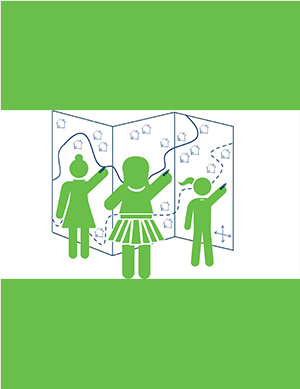Adolescent girls living in poverty are particularly vulnerable in many settings. Enabling them to navigate risks means raising their visibility within communities, empowering them with knowledge and skills, and providing them with education, social protection, safe spaces, and access to sexual and reproductive health and rights. The tools and sample curricula below seek to translate evidence on what works into programming to improve adolescent girls’ lives.
Resources are continually updated, so please be sure to check back often.
Tools for Program Design and Implementation
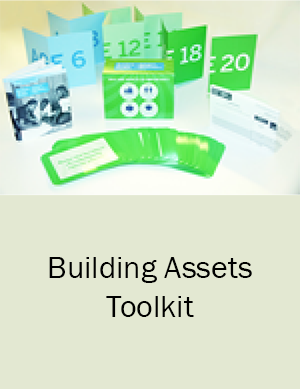
The content of programs for adolescent girls often is overly generalized and not adapted to specific populations. The Population Council and partners have pioneered a process to assist in the development of relevant, tailored, and positive program content. The Building Assets Toolkit introduces practitioners to the asset-building approach, guides them through the exercise, and models the critical thinking needed for effective program design. (Available Languages: Instruction guide: English | Arabic / Asset cards: Arabic | English | Portuguese | Spanish | Swahili / Complete toolkit: French.)
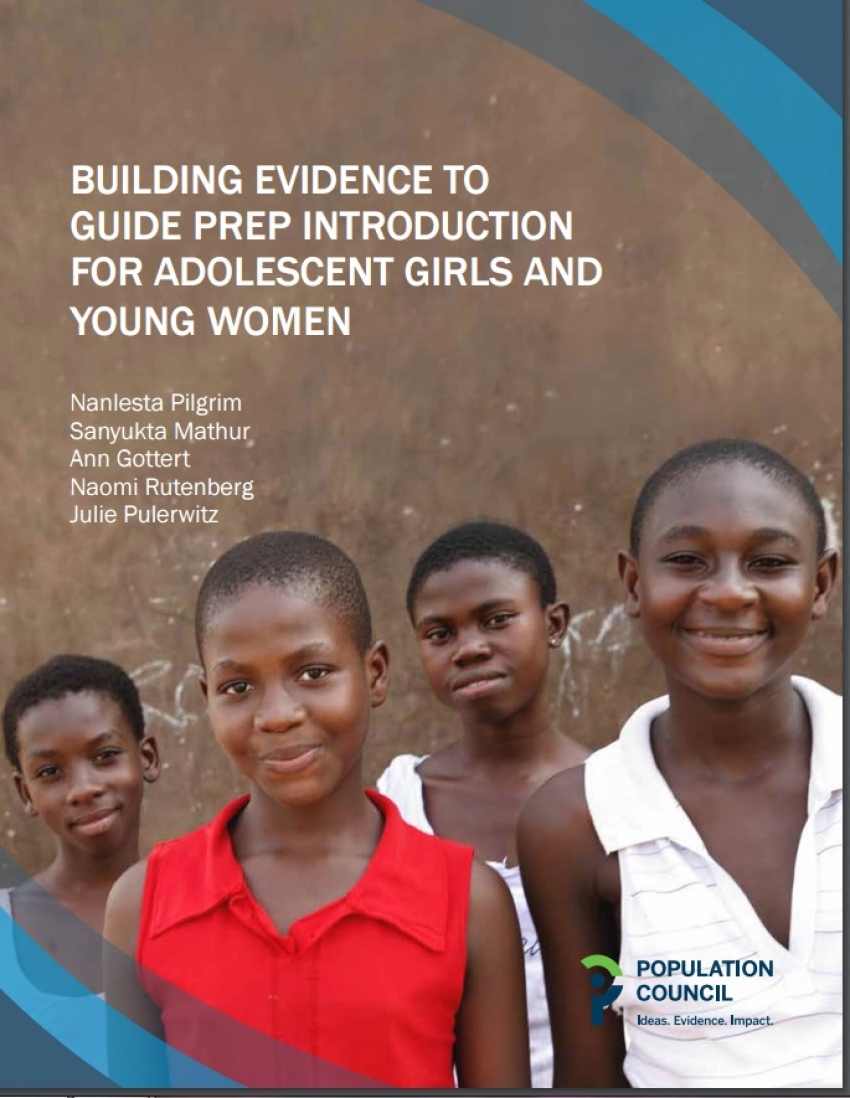
The document, intended for health policy makers, program planners, and researchers, provides practical guidance on building evidence for effectively introducing PrEP to adolescent girls and young women (AGYW) and contains important information on specific tools to help other in-country actors assess the landscape for informing PrEP introduction to AGYW.
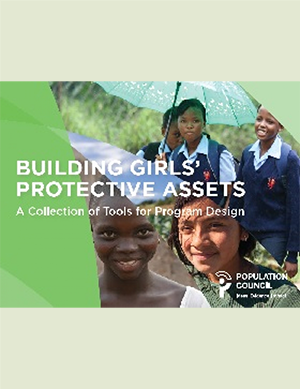
This set of practical, user-friendly tools and worksheets is intended to help those who are designing and implementing girl-centered programs to integrate a “Protective Asset-Building Approach” to improve their coverage. This collection will help program staff design, reassess, conduct, monitor, and evaluate their program activities, at any stage of planning or implementation. (Also available in French and Spanish.)
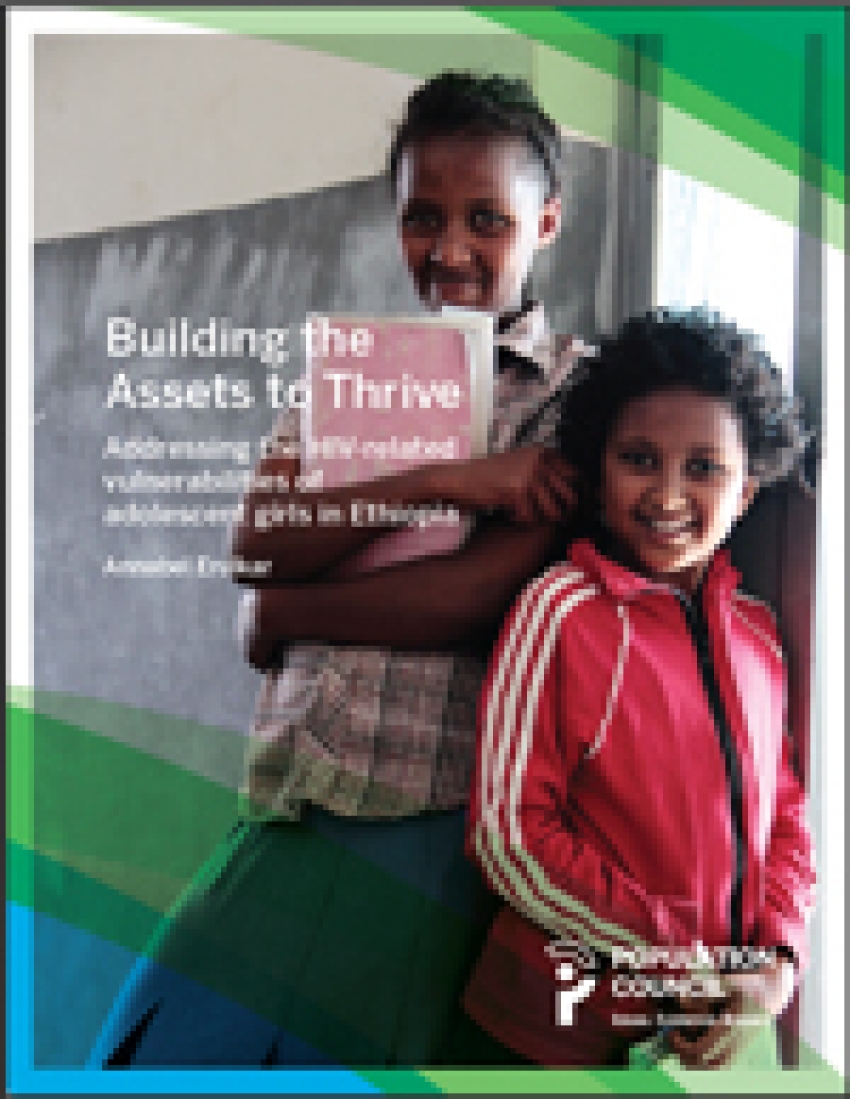
This is a comprehensive review of three programs launched by the Population Council and the Ethiopian government. Two of the programs work to reduce Ethiopian girls’ HIV risk by providing out-of-school adolescent girls in urban slums and married adolescent girls in rural areas with adult female mentors, education on HIV and AIDS and related issues, non-formal education, and links to health services. The third focuses on husbands, promoting care-giving to wives and children and addressing extramarital partnerships, alcohol abuse, and violence.
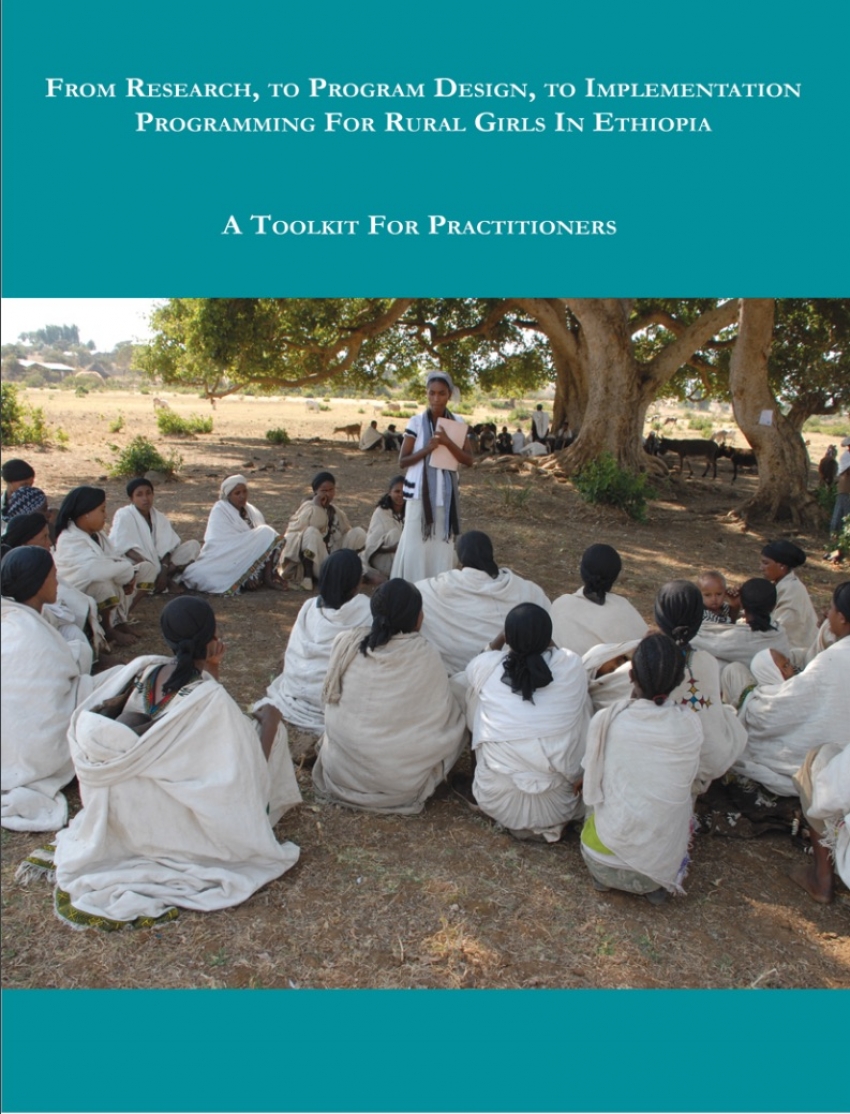
This toolkit from Ethiopia describes a process of developing an evidence-based program. The toolkit begins with a chapter on identifying and describing girls, then discusses program development to reflect the data, and ends with the implementation of a program guided by ongoing monitoring and evaluation. (Also available in French.)
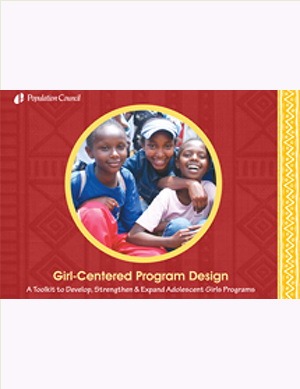
This set of practical, user-friendly tools and guidelines can be used by anyone who is designing or running a program, writing a proposal to work with girls, or seeking innovative ideas on how to strengthen program activities. The toolkit has three main sections: structure, content, and monitoring and evaluation. (Also available in French and Spanish.)
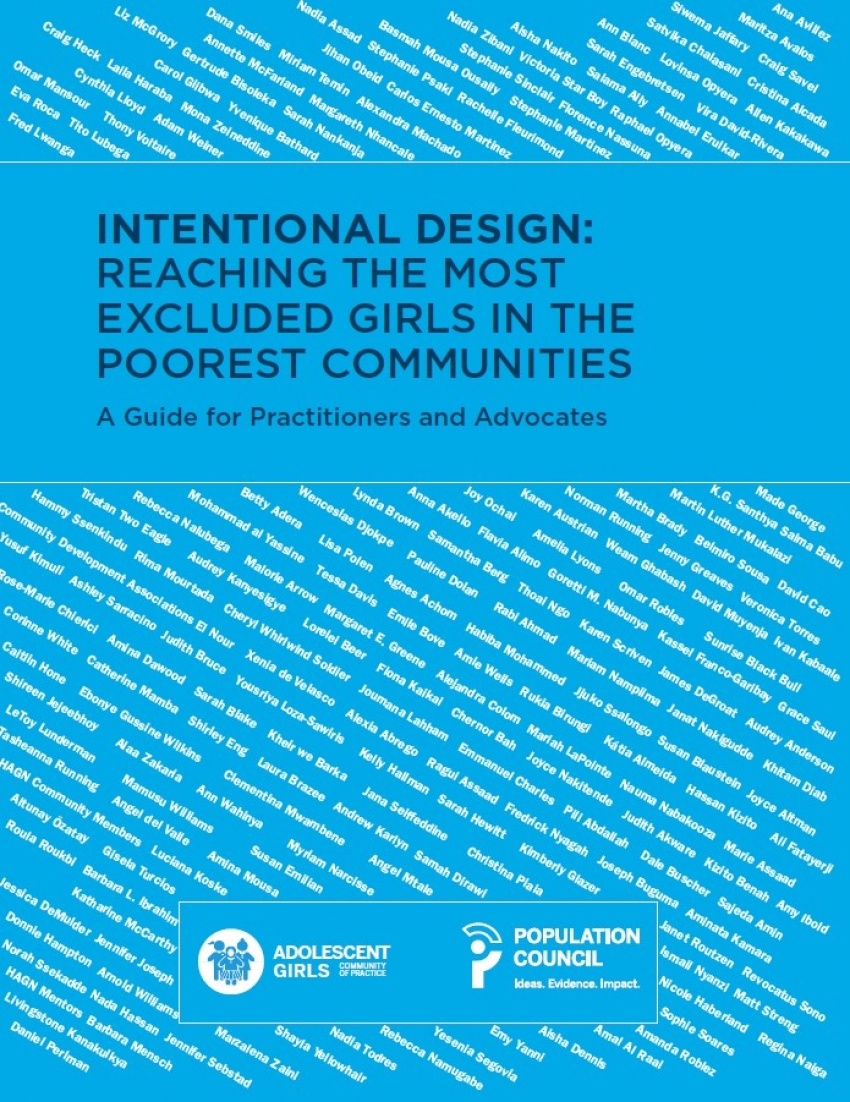
The Intentional Design guide is a sourcebook that offers step-wise technical guidance for utilizing the Intentional Design approach, an evidence-based model for the design of girl-centered programs that generates a cycle of information collection and analysis.
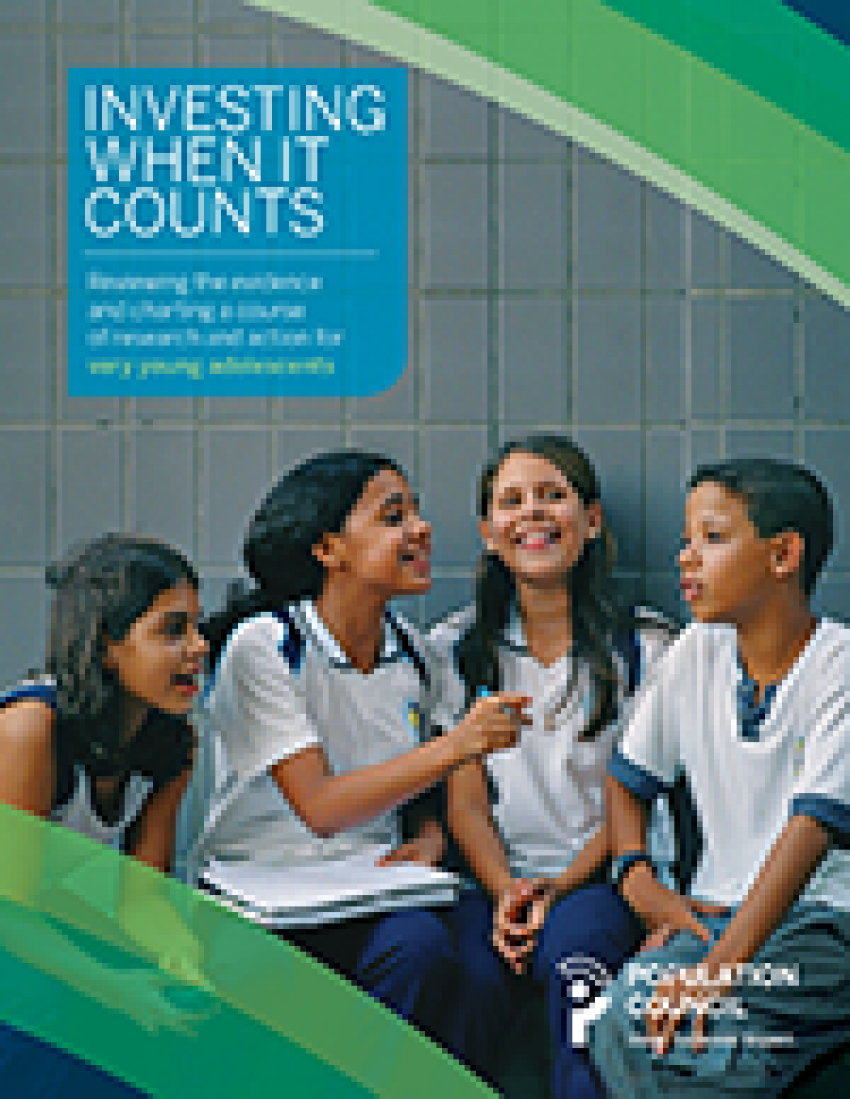
This resource and action plan spotlights the distinctive needs of very young adolescents (10–14 year olds) and reviews available data and remaining gaps. (Also available in Spanish; Refer also to the 2016 update.)
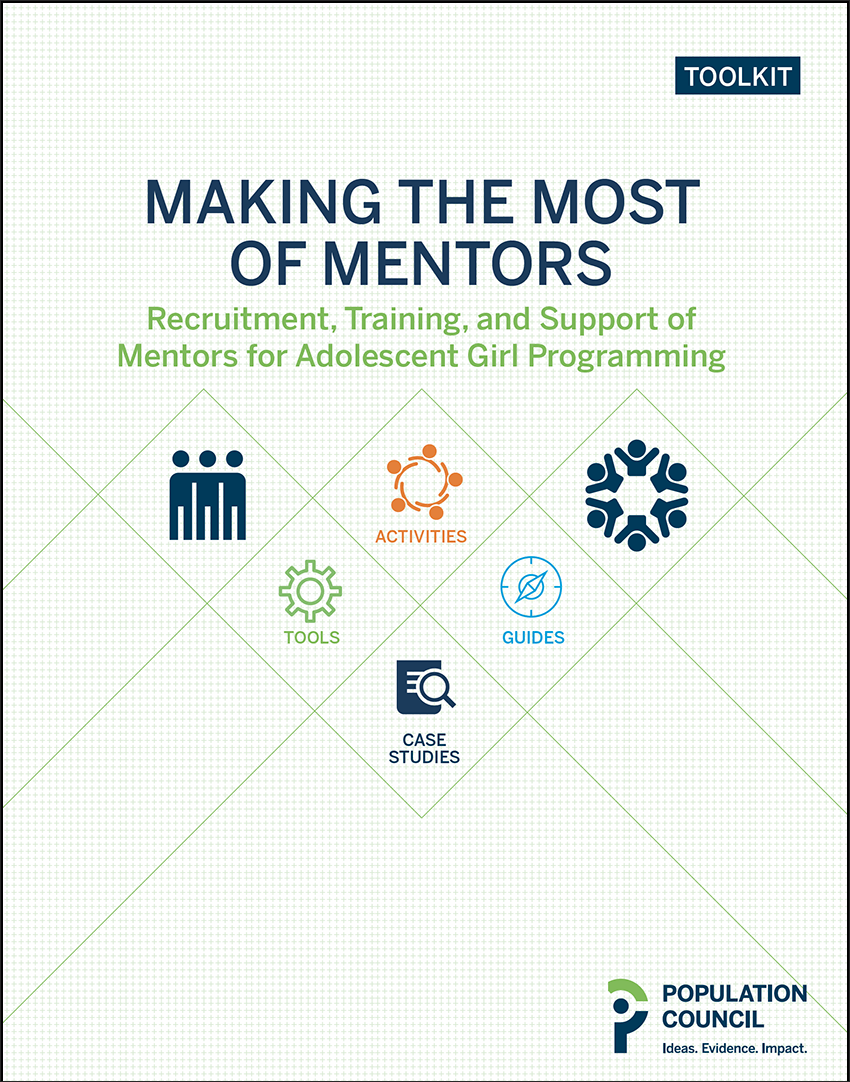
Little information is available about the practical aspects of developing and supporting a successful mentor cadre. This toolkit pulls together lessons, tips, and insights that can be adapted and used to find, train, monitor, support, and evaluate mentors. The resources are applicable to program planners, mentor supervisors, and mentors. All resources may be adapted to local contexts. (Also available in French.)
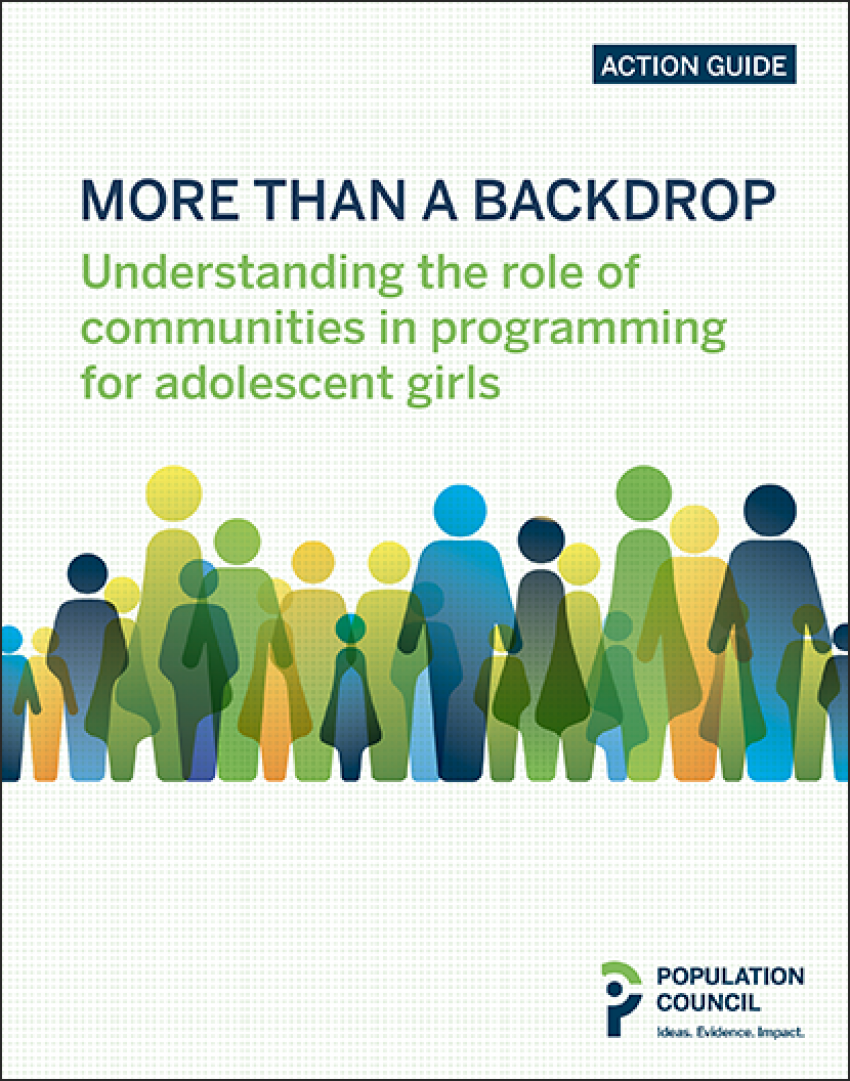
This Action Guide focuses on five key questions, offers tips on how to find answers, and provides real-world examples that demonstrate how to use community-level insights for action for adolescent girls. It was written for people who design, manage, and assess community-based programming.
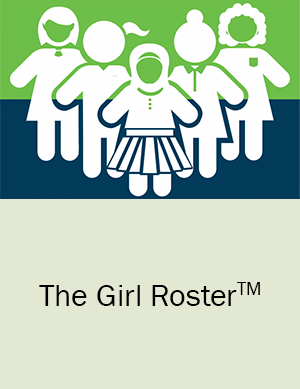
The Population Council developed the Girl Roster™, a practical tool designed to help practitioners understand their community and elicit foundational information to intentionally link girls – especially the most marginalized adolescent girls—to the vital resources, facilities, and services to which they are entitled but often have limited or no access.
Program Curricula
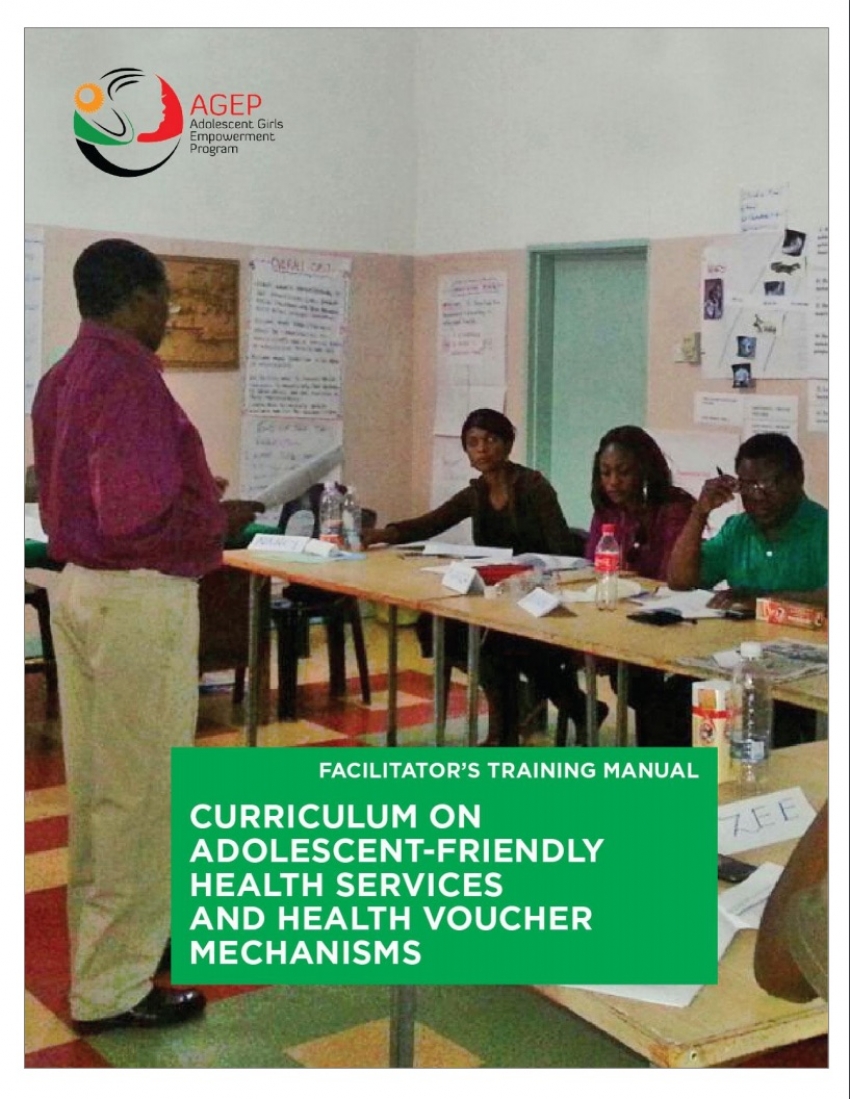
This sample curriculum from the Adolescent Girls Empowerment Program (AGEP), helps facilitators find the best way to improve girls’ social, health, and economic resources so that they can stay in school longer; avoid early marriage; delay sexual activity; and prevent unintended pregnancy, HIV, and other STIs.
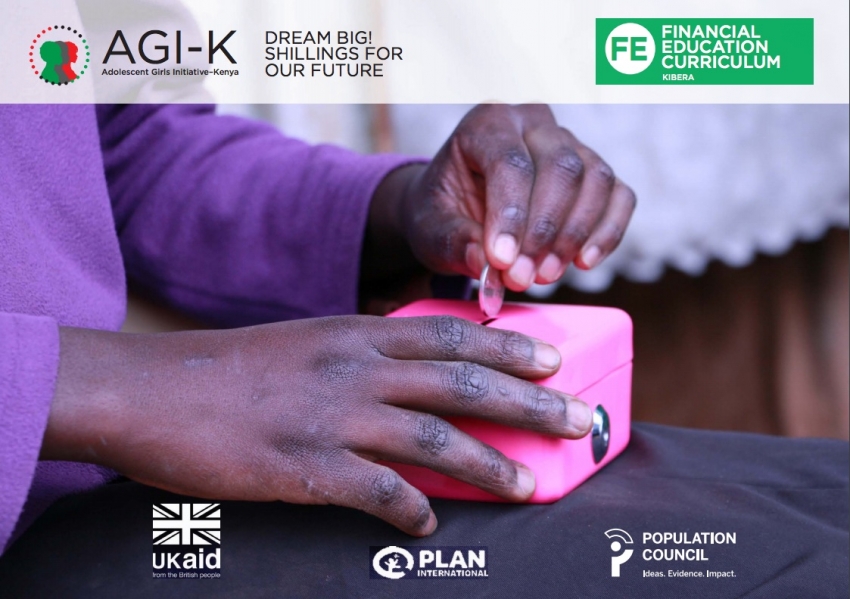
This sample curriculum from the Adolescent Girls Initiative-Kenya is intended for peri-urban adolescent girls and covers topics such as spending, savings, earning options, and managing stress, to help them transition from economic dependence to independence.
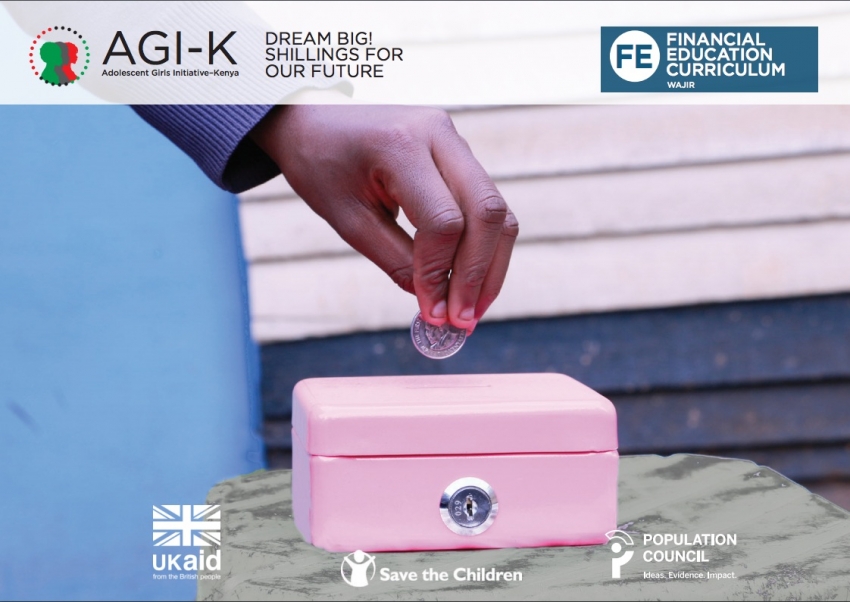
This sample curriculum from the Adolescent Girls Initiative-Kenya is intended for rural adolescent girls and covers topics such as spending, savings, earning options, and managing stress, to help them transition from economic dependence to independence.
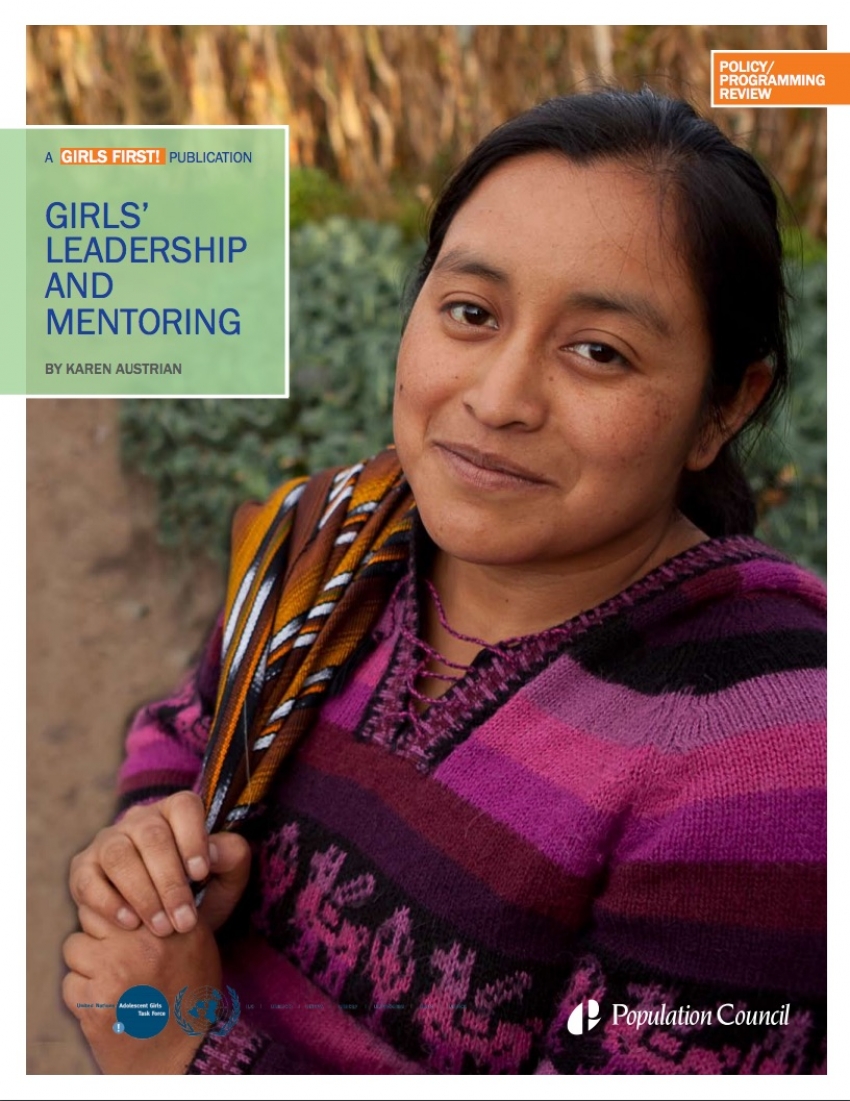
GIRLS FIRST! Perspectives on Girl-Centered Programming is a set of five thematic reviews that provide snapshots of the knowledge base on adolescent girls programming. This mentoring guidance document provides curriculum for girl-centered programming. (Also available in French.)
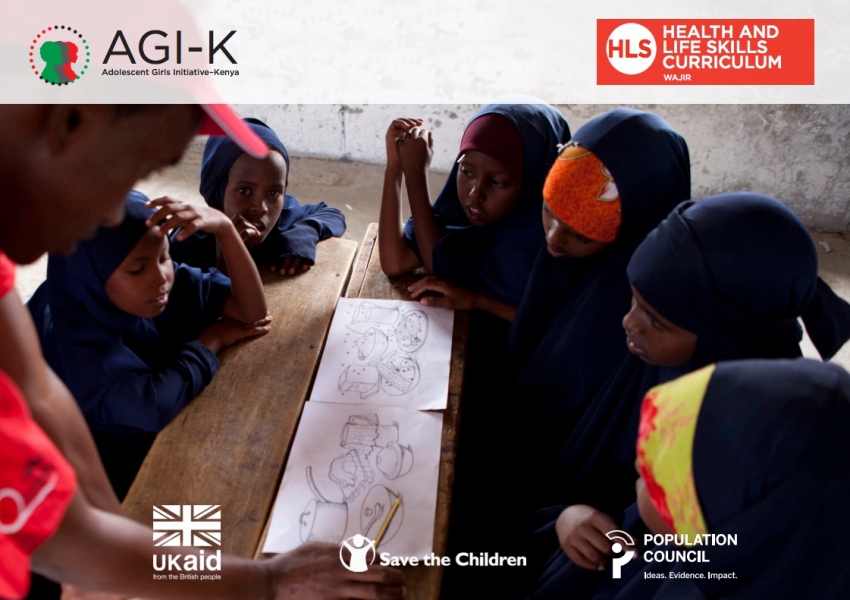
This sample curriculum is from the Adolescent Girls Initiative-Kenya and is intended for rural adolescent girls. It provides them with knowledge and skills on topics such as water, sanitation and hygiene, nutrition, and HIV, and AIDS.
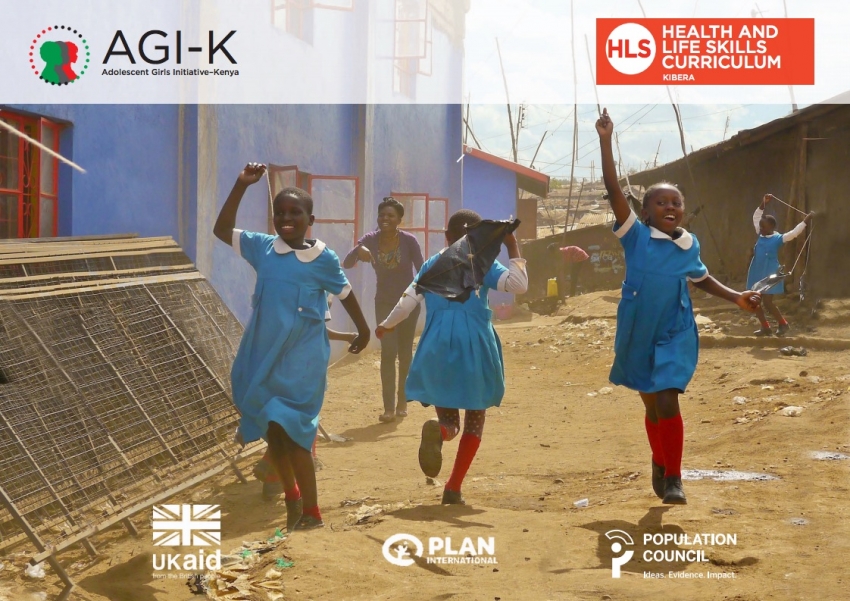
This sample curriculum is from the Adolescent Girls Initiative-Kenya and is intended for peri-urban adolescent girls. It provides them with knowledge and skills on topics such as water, sanitation and hygiene, nutrition, HIV, and AIDS.
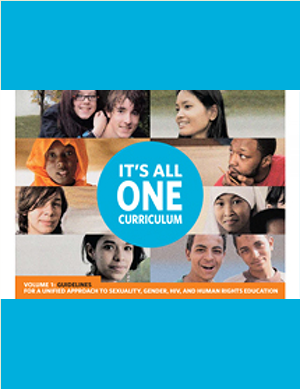
This curriculum provides guidelines and activities for educators to provide a unified approach to sexuality, gender, HIV, and human rights education. It is designed primarily for curriculum developers, schoolteachers, and community educators responsible for education in the areas of sexuality/sexual health (including AIDS) and civics or social studies. (Also available in Arabic, Bangla (Activities only), Chinese, French, Portuguese, and Spanish.)
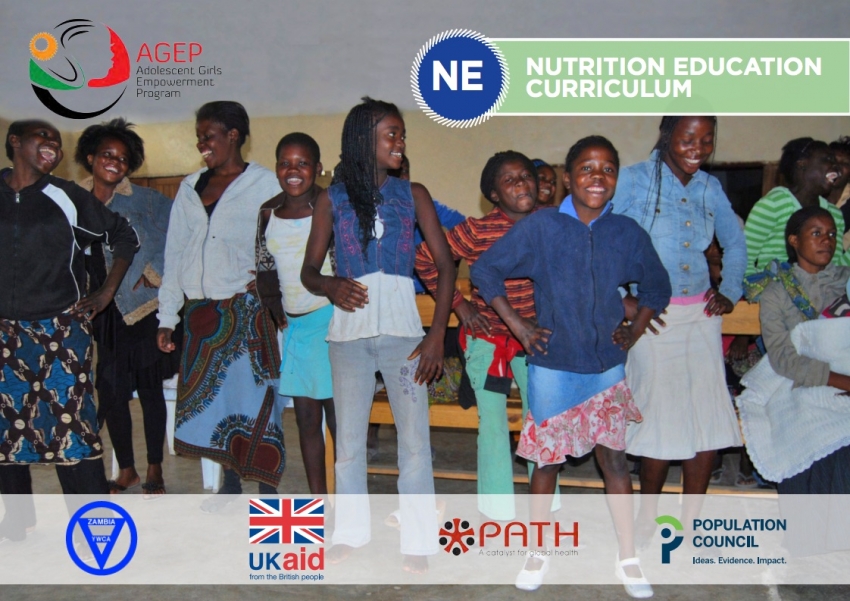
This sample curriculum from the Adolescent Girls Empowerment Program (AGEP) covers nutritional needs, the role of food, and health hazards with improper nutrition for adolescents. This collection is focused on nutrition and sessions are: nutrition needs for adolescent girls, the role of food in the body, anaemia, nutrition for pregnant adolescents, infant feeding from birth through six months, and young child feeding and growth monitoring.
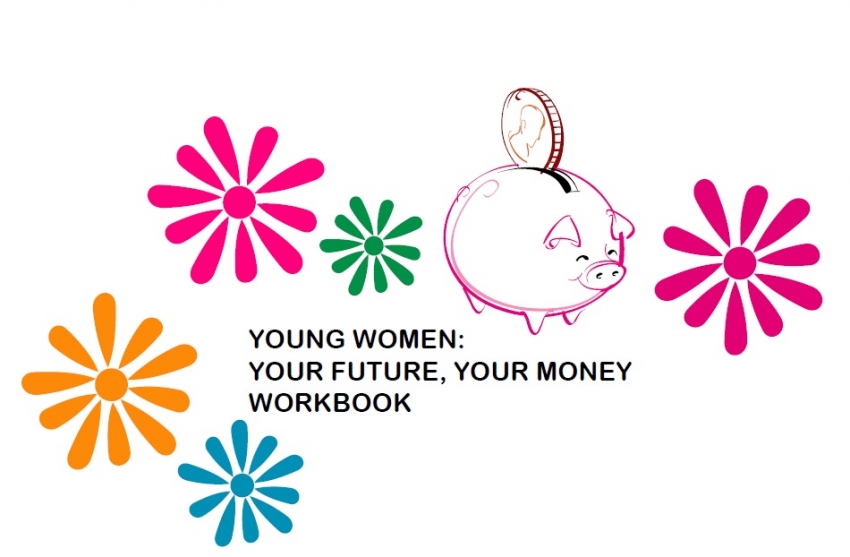
This sample workbook, originally intended for 10 to 14 year old girls in Uganda, can be adapted by program staff. The workbook starts girls on a path to consider savings and financial needs and introduces financial literacy skills. This workbook was created under the Safe and Smart Savings project, a program to help vulnerable adolescent girls build assets, support networks, and savings.
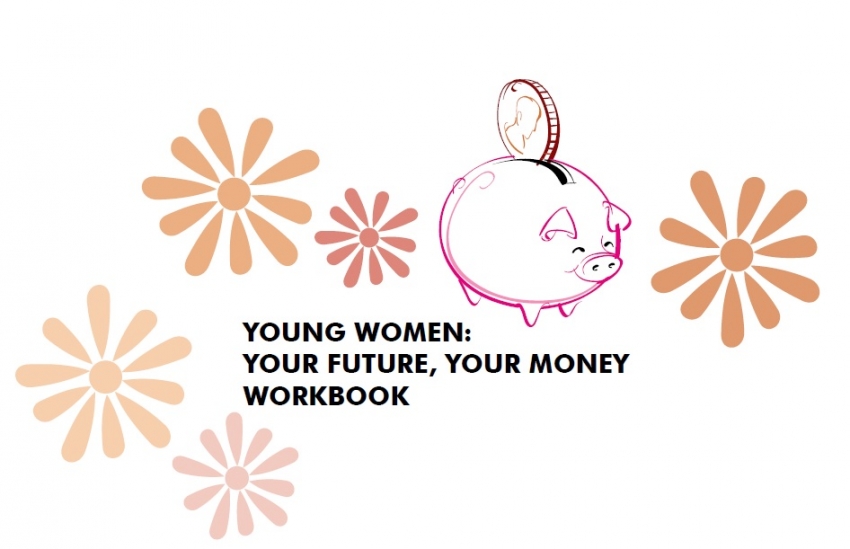
This sample workbook, originally intended for 15 to 19 year old girls in Uganda, can be adapted by program staff. The workbook starts older girls on a path towards money management, smart spending, safe savings, and other financial literacy skills. This workbook was created under the Safe and Smart Savings project, a program to help vulnerable adolescent girls build assets, support networks, and savings.
